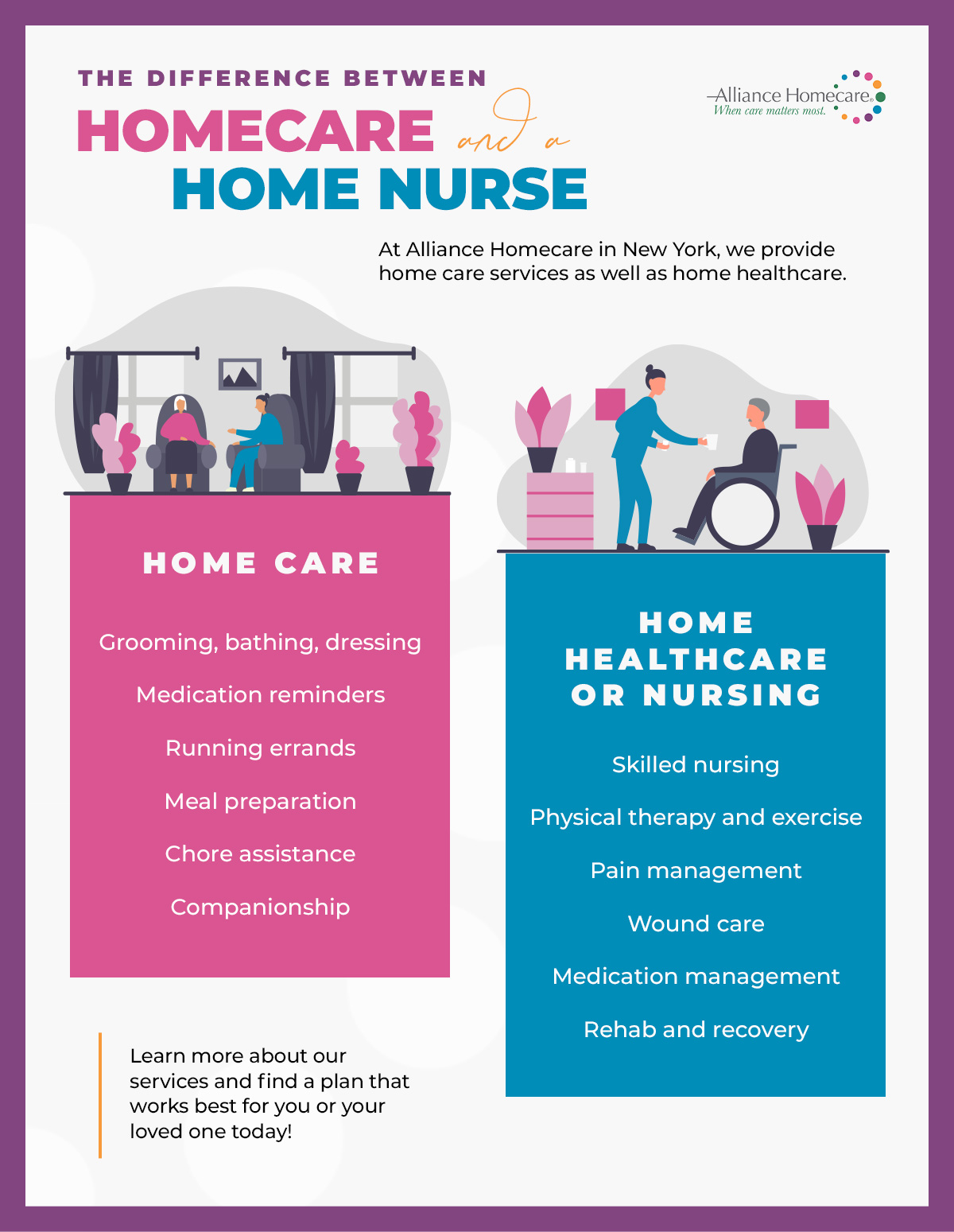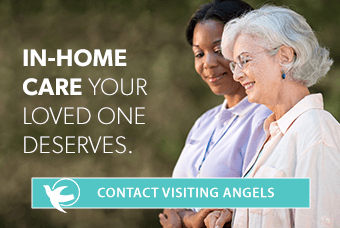
When an elderly person has difficulties with daily activities (ADLs), it is possible to provide personal care. ADLs are the tasks of everyday life, such as dressing, grooming, eating, toileting, and taking medication. While some tasks may be more challenging for seniors than others; they should all be done with dignity.
The need for personal care will depend on a variety of factors. A senior's health condition, level of independence, and medical needs will all determine whether it is necessary to have someone assist them with these activities.
Also, it is important to assess the emotional well-being of an elderly person. If they are experiencing emotional problems, then they may not be able to complete these tasks on their own. Positive attitudes can help them accomplish these tasks safely, and more effectively.

The task can also present a problem in that it is difficult for the elderly to remember their names, dates, and the names of their grandchildren or children. If these things are forgotten, it can be a very embarrassing situation. A trained professional can help you avoid embarrassment.
A senior may experience vision and memory changes, in addition to the cognitive, physical, and emotional effects of aging. They may find it difficult to move around their house. In addition, they might forget to take their medications. These are the top reasons an elderly person may need assistance with ADLs.
Professionals can offer personal care, depending on the senior's requirements. These services include companionship, incontinence, and homemaking.
The senior's preference for care is an important consideration when providing personal assistance. One example is that some senior citizens may prefer a more hands-on approach to caregiving, while others may prefer more formal and personal care. You can increase your chances of success by offering an option that suits the individual's preferences.

When providing personal care for an older person, there are other factors to consider. While the price of personal care services can vary widely, many times they are much less than the cost to move into a nursing home.
Whether you're looking to hire someone to help with elderly care or you'd like to take over the primary caregiver role, it is important to make sure your loved one is safe at home. There are various types of care options, so it is important to evaluate your loved ones' medical and emotional needs, as well as the available space in your home.
Performing tasks that require the assistance of a trained care provider can also make your loved one feel more comfortable. Many families hire a professional caregiver to care for their loved ones at home.
FAQ
How can my family have access to high-quality health care?
Most states have a department that provides affordable health care. Some states offer programs to help low-income families have children. For more information on these programs, contact the Department of Health of your state.
What is the difference?
A doctor refers to a person who is licensed to practise medicine and has completed his/her training. A physician is a medical professional who specializes in one field of medicine.
What should I know about vaccines?
Vaccines are very safe and effective ways to keep you healthy. Vaccines provide immunity against certain diseases. Vaccinations are typically given at certain times in childhood, adolescence or adulthood. Your doctor will discuss when it is best to get vaccinated.
Statistics
- Foreign investment in hospitals—up to 70% ownership- has been encouraged as an incentive for privatization. (en.wikipedia.org)
- Consuming over 10 percent of [3] (en.wikipedia.org)
- Price Increases, Aging Push Sector To 20 Percent Of Economy". (en.wikipedia.org)
- About 14 percent of Americans have chronic kidney disease. (rasmussen.edu)
- The health share of the Gross domestic product (GDP) is expected to continue its upward trend, reaching 19.9 percent of GDP by 2025. (en.wikipedia.org)
External Links
How To
What are the 4 Health Systems
Healthcare systems are complex networks of institutions such as hospitals and clinics, pharmaceutical companies or insurance providers, government agencies and public health officials.
This project had the overall goal to create an infographic to explain the US's health care system to anyone who wanted it.
These are the key points
-
The GDP accounts for 17% of healthcare spending, which amounts to $2 trillion annually. That's almost twice the size of the entire defense budget!
-
Medical inflation was 6.6% in 2015, higher than any other category of consumer.
-
Americans spend 9% on average for their health expenses.
-
As of 2014, there were over 300 million uninsured Americans.
-
Although the Affordable Health Care Act (ACA), has been approved by Congress, it hasn't yet been fully implemented. There are still gaps in coverage.
-
A majority of Americans believe that there should be continued improvement to the ACA.
-
The US spends the most money on healthcare in the world than any other country.
-
Affordable healthcare would lower the overall cost by $2.8 Trillion annually if everyone had it.
-
Medicare, Medicaid, and private insurers cover 56% of all healthcare spending.
-
The top three reasons people aren't getting insured include not being financially able ($25 billion), having too much time to look for insurance ($16.4 trillion), and not knowing what it is ($14.7 billion).
-
There are two types: HMO (health maintenance organisation) and PPO [preferred provider organization].
-
Private insurance covers most services, including doctors, dentists, prescriptions, physical therapy, etc.
-
The public programs cover outpatient surgery as well as hospitalizations, nursing homes, long term care, hospice, and preventive health care.
-
Medicare is a federal program providing senior citizens health coverage. It pays for hospital stays, skilled nursing facility stays, and home health visits.
-
Medicaid is a program of the federal and state governments that offers financial assistance to low-income people and families who earn too much to be eligible for other benefits.